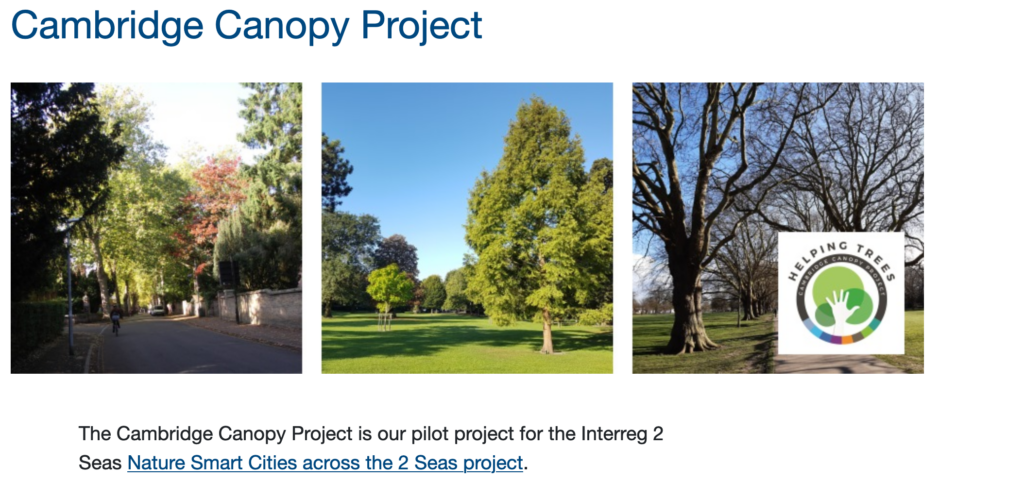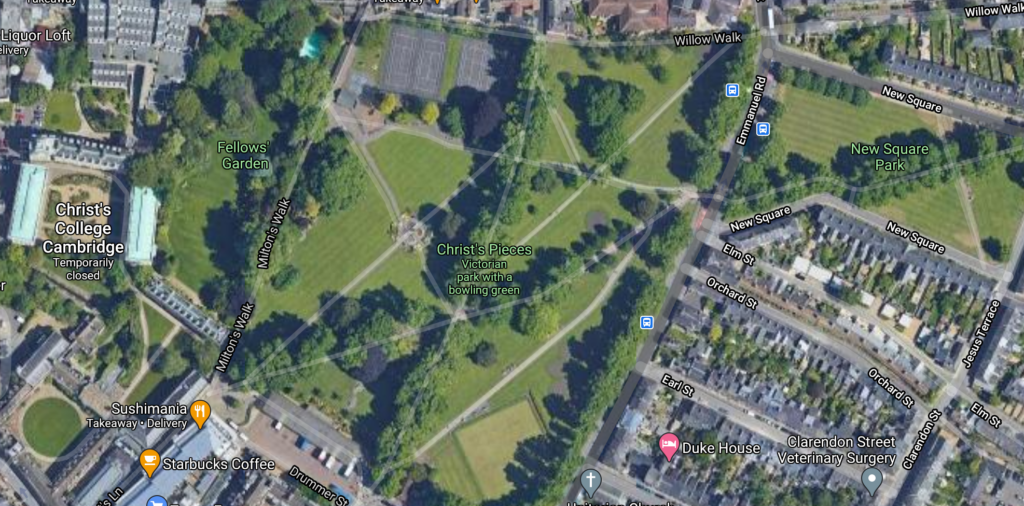
One of the most important activities I am responsible for as the executive councillor for Planning Policy and Open Spaces is the Cambridge Canopy Project, which is planting 2,000 trees across the city between 2019 and 2022.
This is part of a bigger European project to roll-out ‘green infrastructure’, or natural solutions, to make cities more resilient to the likely impacts that will be brought about by climate change.
This week we hit two milestones – the 1,000th and 1,024th trees – so it seemed fitting to make an occasion of these milestones and celebrate accordingly, and I’m really pleased that we are going to commemorate one of the city’s best known residents in the process.
The 1,000th tree – a magnolia ‘Galaxy’ – was planted in Stourbridge Grove, adding spring colour with its large pink flowers, and today (Jan 29) we are planting the 1024th in Christ’s Pieces. This will be the Turing Tree, named for the mathematician and computer scientist Alan Turing.
Best known for his work at Bletchley Park, Turing was a students at King’s College and gained a first-class degree in 1934, becoming a Fellow in 1935. He remained a non-resident Fellow of King’s until 1952 and has a plaque on King’s Parade.

We’ve chosen the 1024th tree to recognise Turing because 1024 is 2 raised to the power 10, a number well-known to computer scientists, and we are planting a Stone Pine (Pinus pinea), as the 1,024th tree because of Turing’s work studying the arrangement of leaves on plant stems and florets on flower heads, something called ‘phyllotaxis’. He was trying to understand how asymmetrical patterns could develop from symmetrical beginnings, and especially how the ‘Fibonacci’ sequence appeared in nature.
The cones of the Stone Pine – which yield the edible seeds which we know as ‘pine nuts’ – clearly show, in the spiral patterns of the distribution of their seed scales, how this mathematical sequence manifests itself in nature, and so make the link to Turing’s work.
The Canopy project is an important initiative that will help the city adapt to climate change. It will do this by increasing tree canopy cover and contributing to the sustainable management of the local urban forest, and I hope that as you walk around the City you will notice the new trees.
You can see a short video about the project here
Please note that my brief has now changed and as of June 2021 I am Executive Councillor for Planning Policy and Transport, having covered Streets and Open Spaces 2018-2019 and Planning Policy and Open Spaces 2019-2021